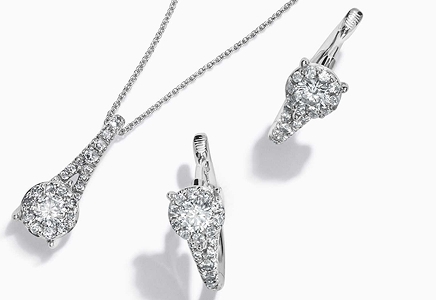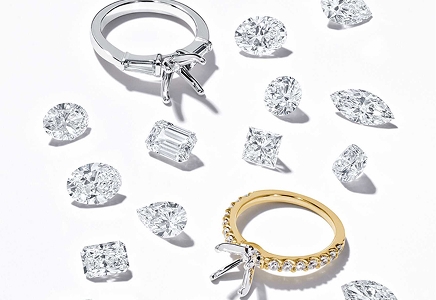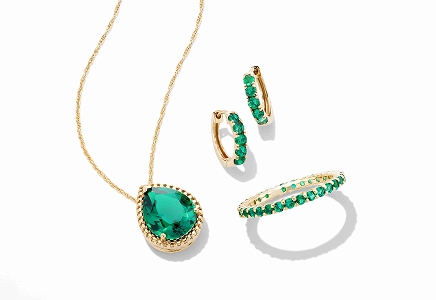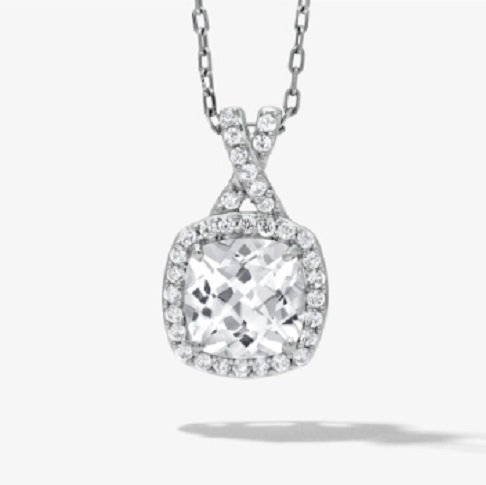Diamond Alternatives | Kay
Education from the Experts

Lab-Grown Diamonds
Lab-created diamonds come in a variety of classic and modern shapes and cuts. Explore our options to find a diamond that fits your style
The Four Cs of A Diamond
Understanding the cut, clarity, color and carat of a diamond can help you choose the one that suits your lifestyle and budget.
Lab-Grown Gemstones
Learn more about lab-grown gemstone jewelry and explore KAY Outlet's stunning selection, so you can find the perfect gift.


